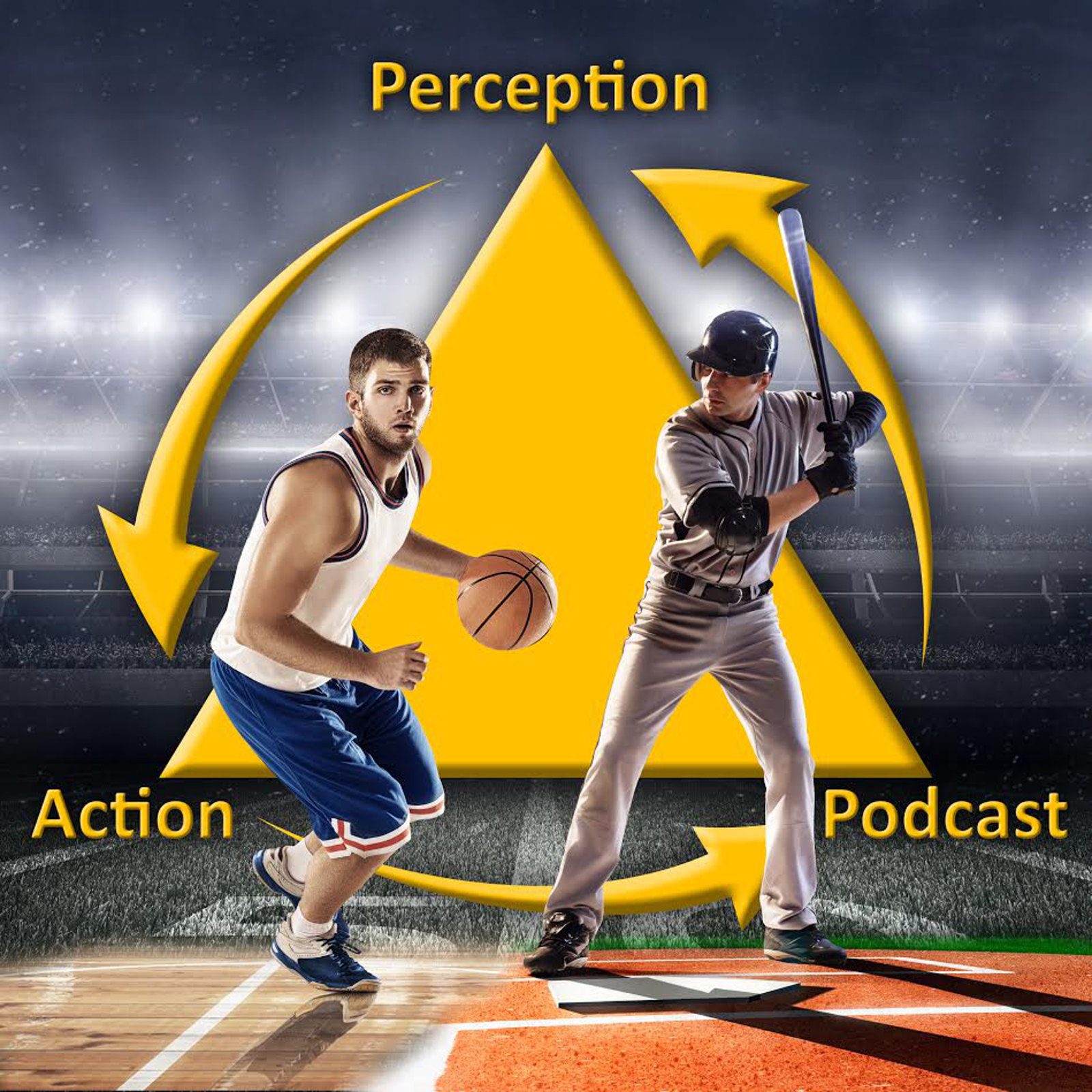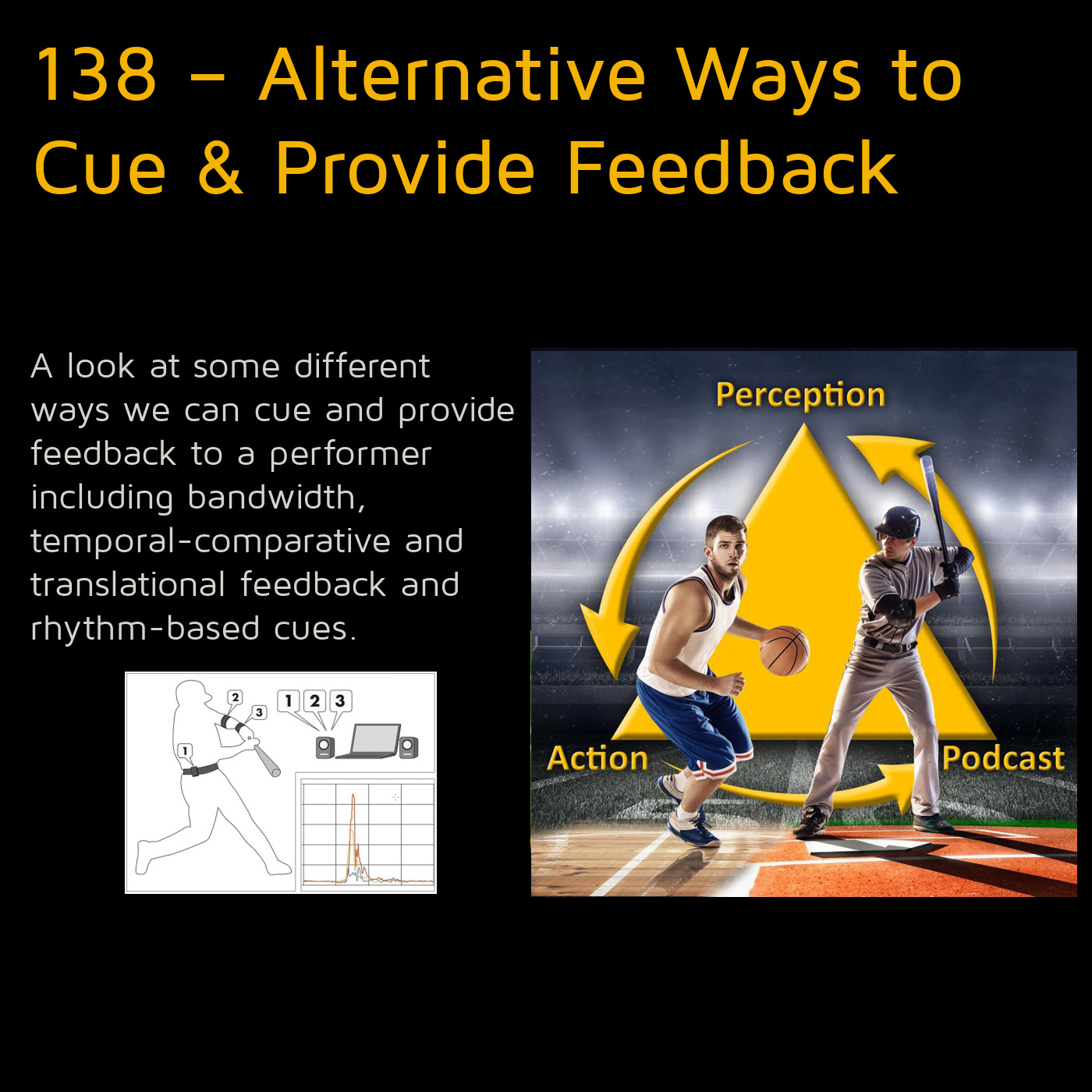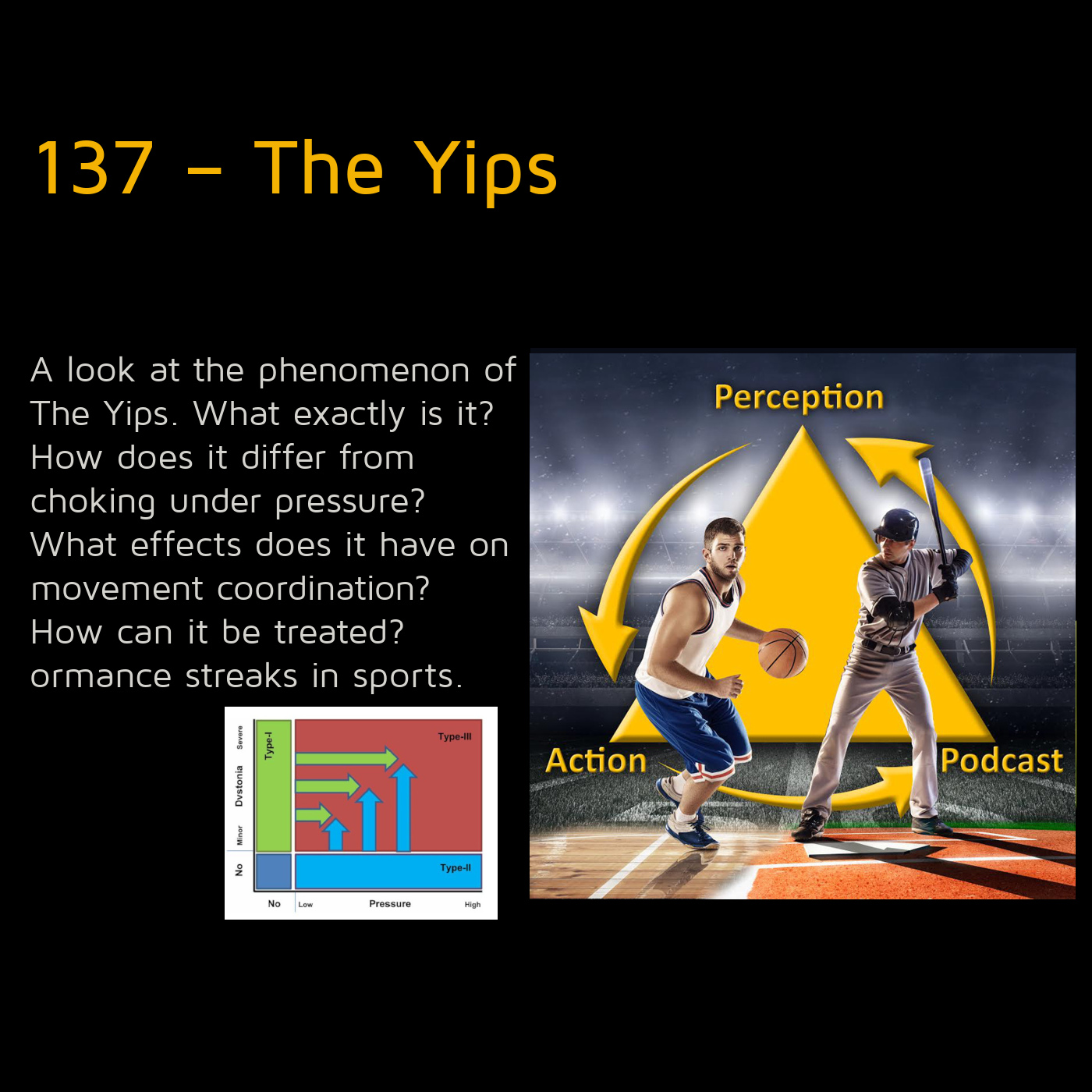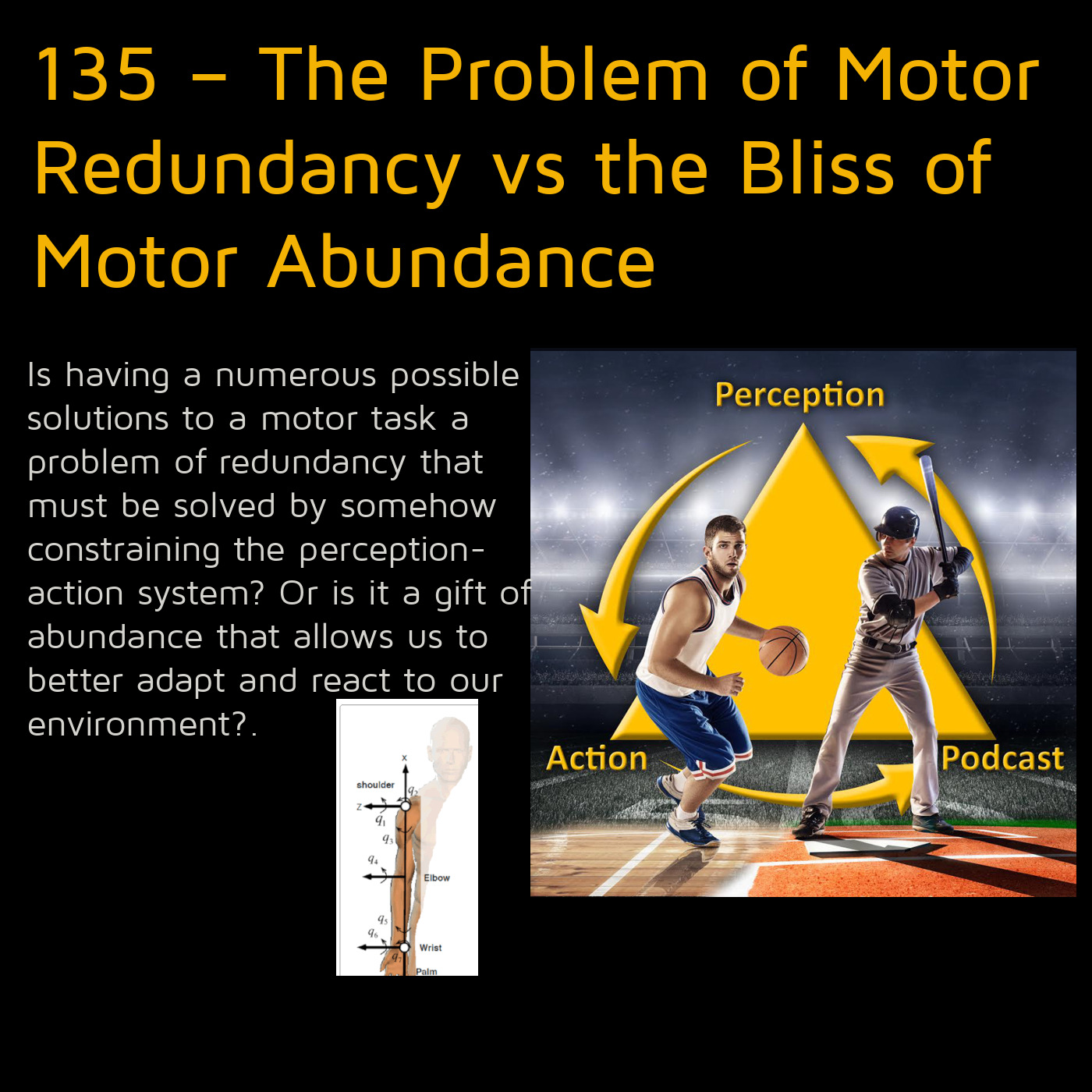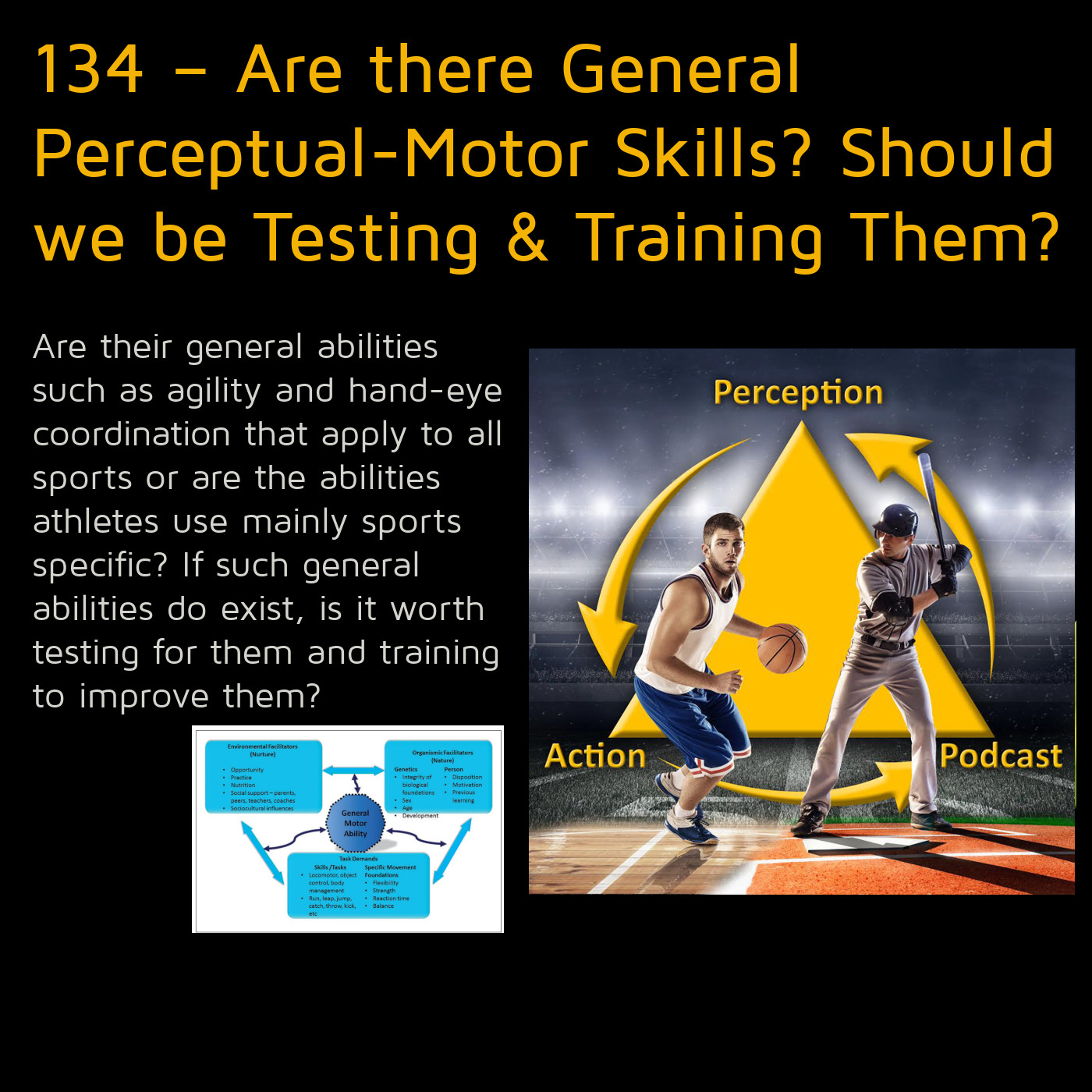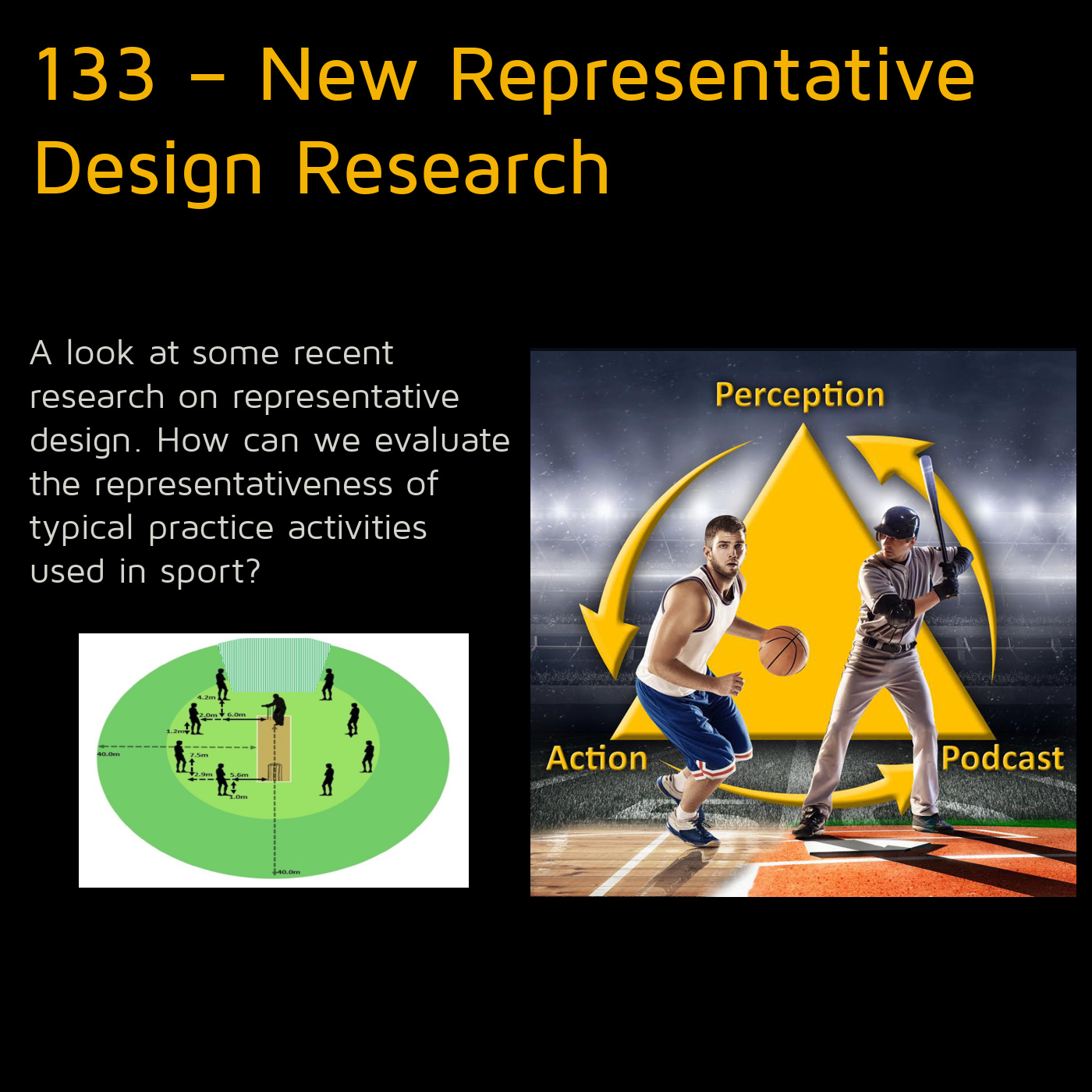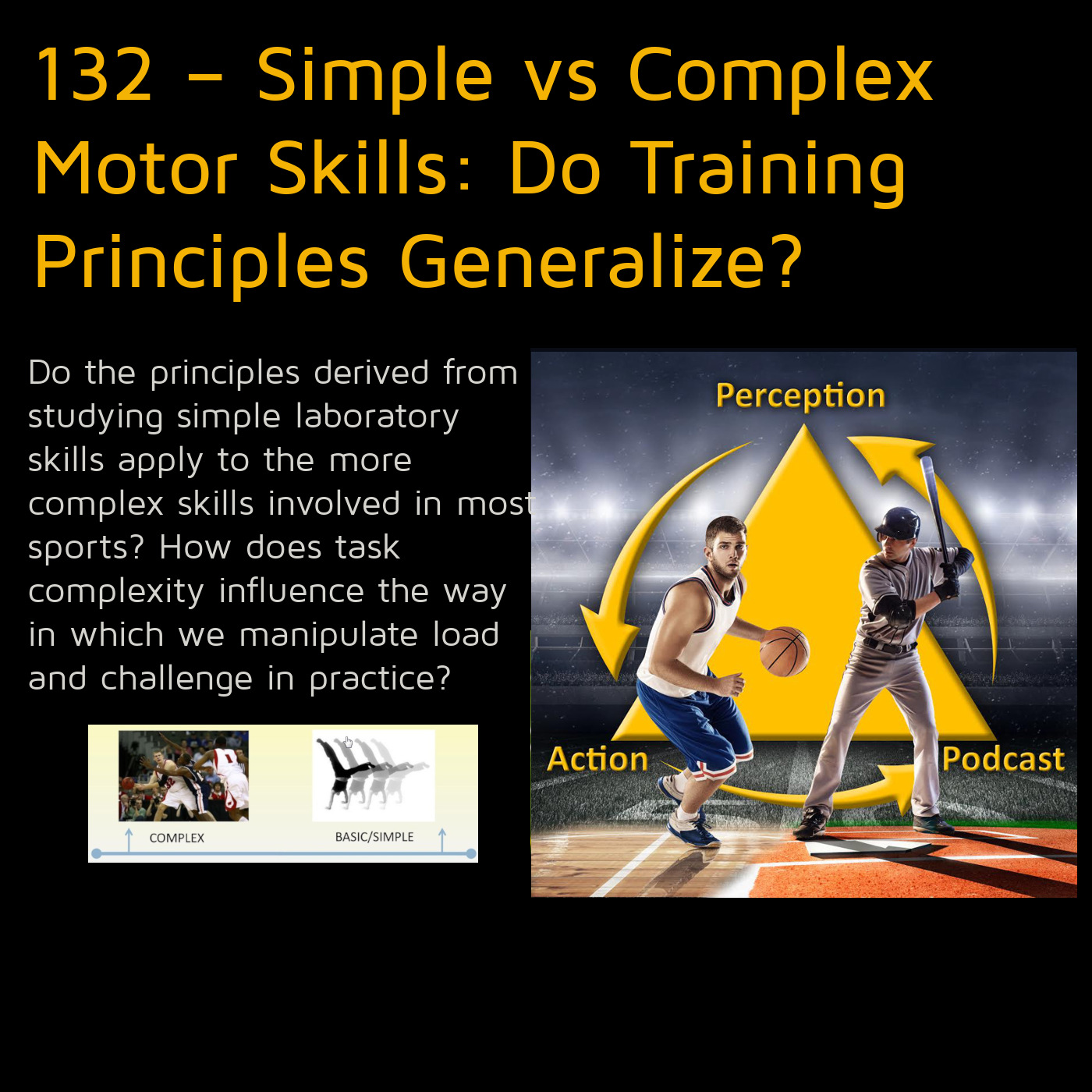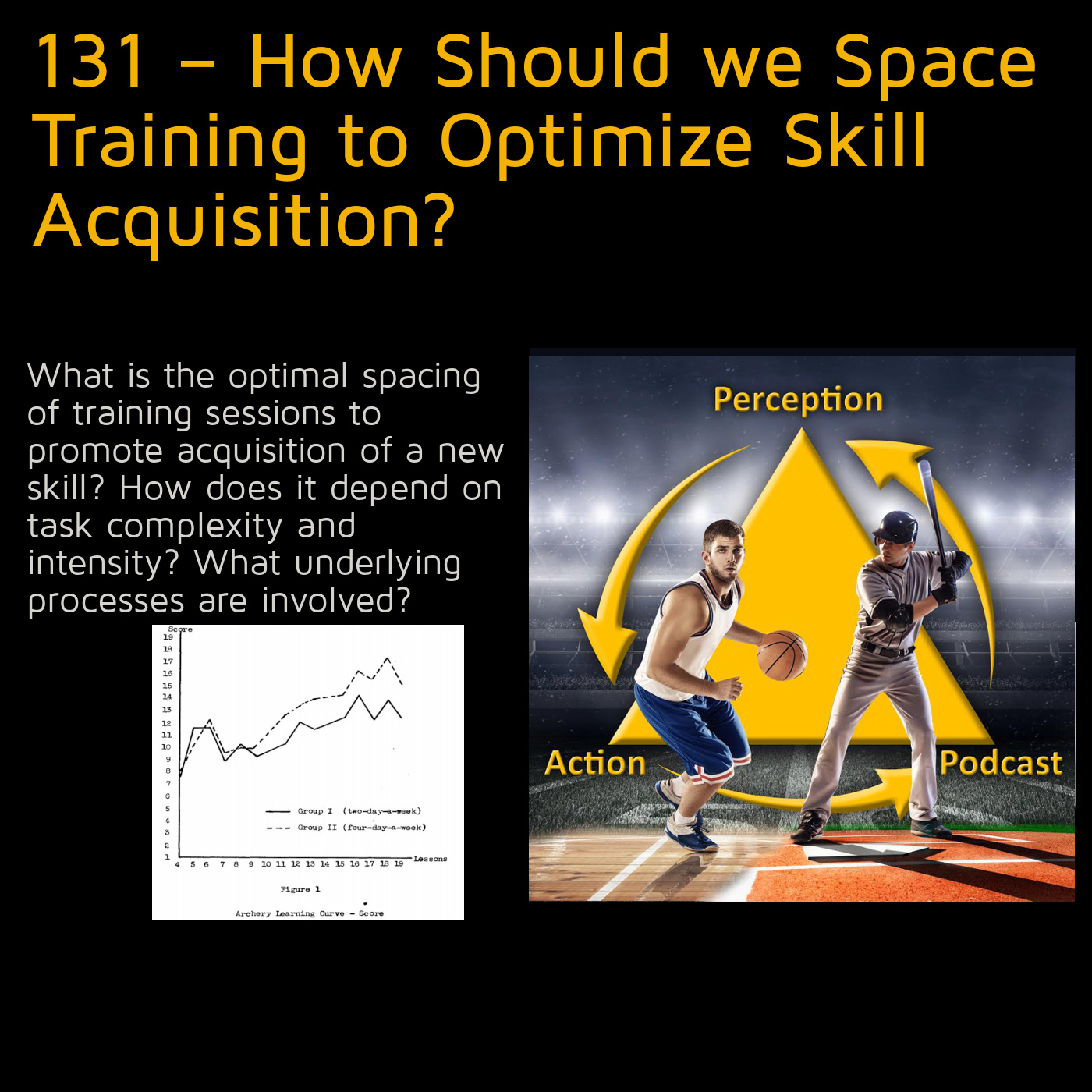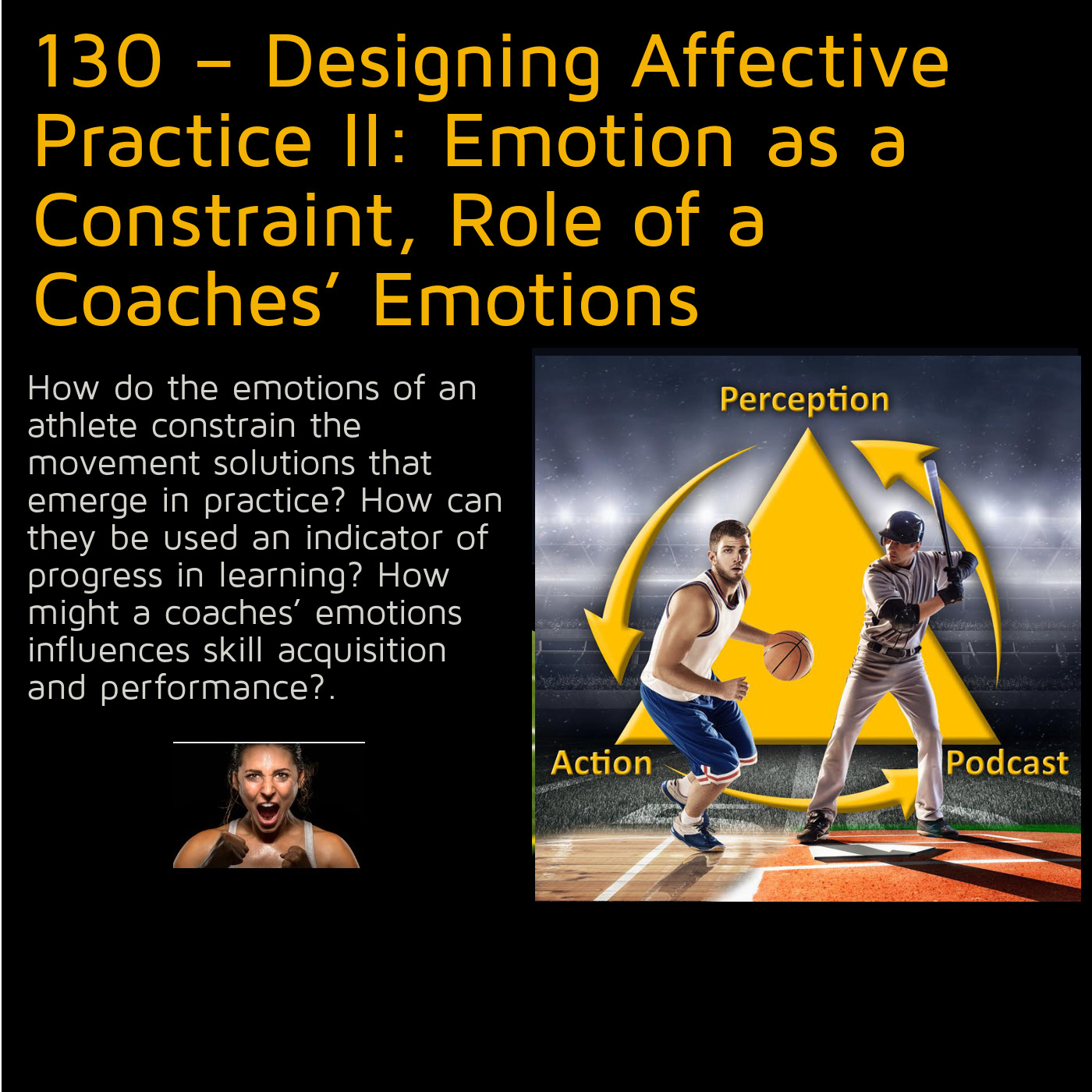139 – Improving Performance by Amplifying Errors
139Can having a performer amplify or exaggerate movement error be an effective way to correct it? Is error amplification a more effective method than corrective instruction? Download link Articles:“Amplification of Error”: A Rapidly Effective Method for Motor Performance ImprovementCorrection of a Technical Error in the Golf Swing: Error Amplification Versus Direct InstructionThe effects of two…
Read More